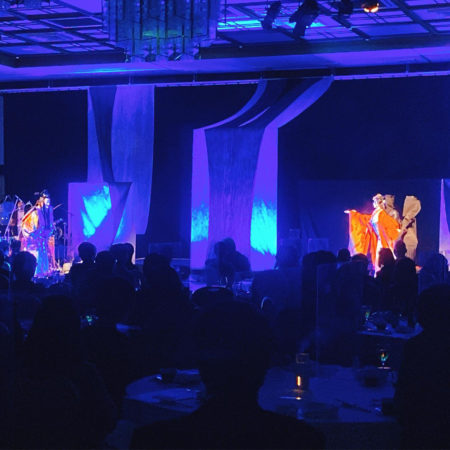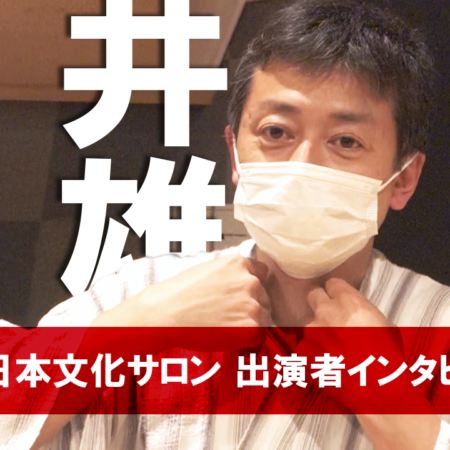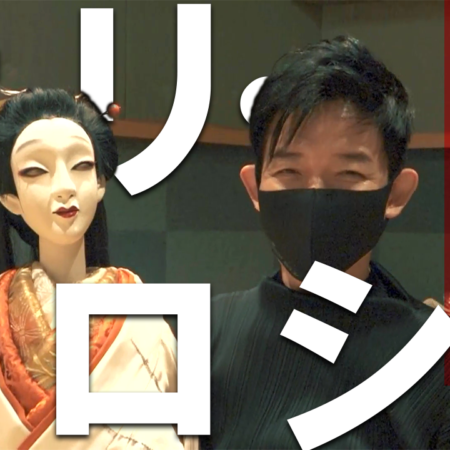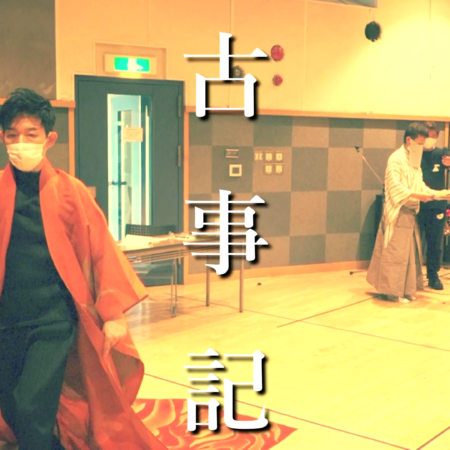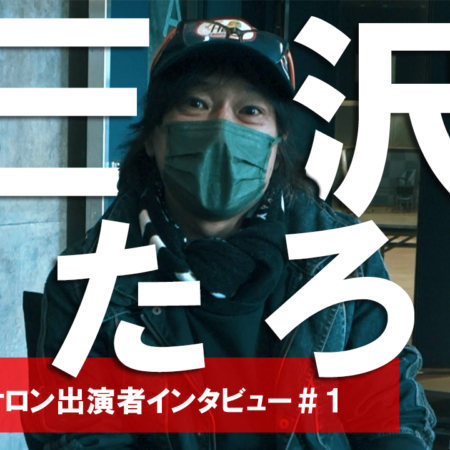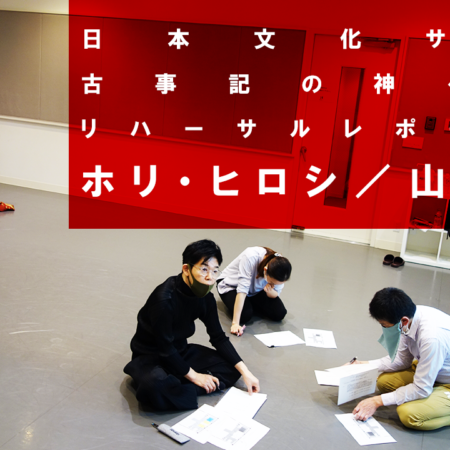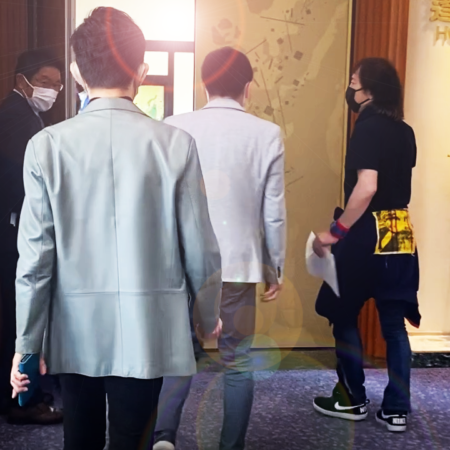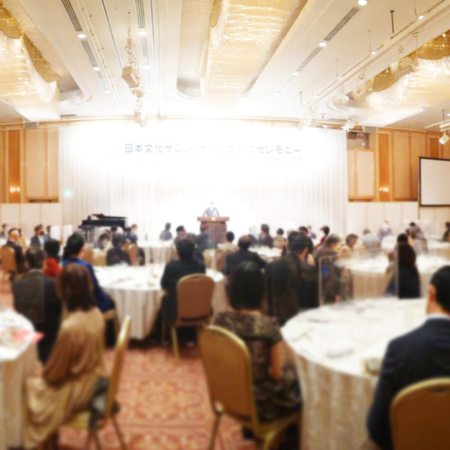SPECIAL
Futures & Issues
What is Bunraku? [Part 1]
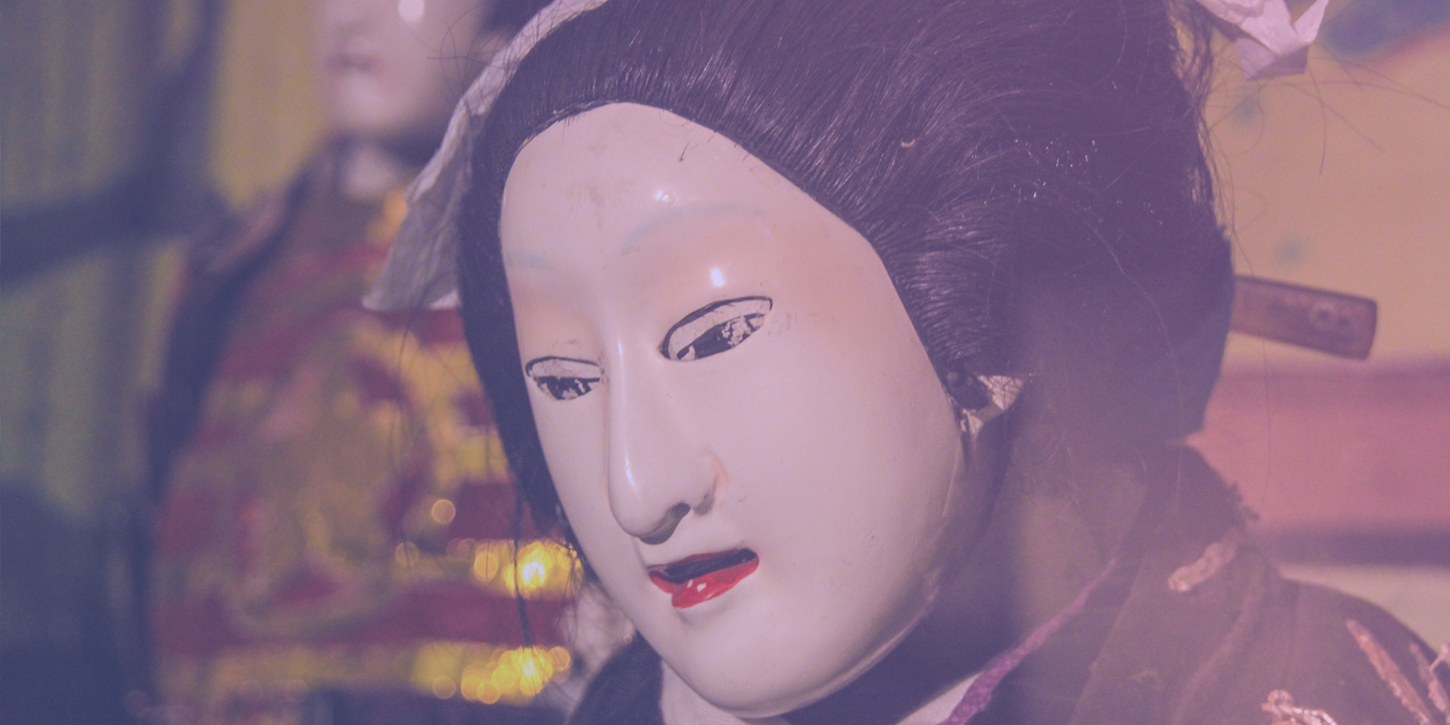
What is "Bunraku"?
Bunraku is officially called “Ningyo Joruri Bunraku”, and it is a puppet show by three people. Bunraku is called “Three great classics performing arts” along with “Noh, kyogen”, and “Kabuki”. Until the Taisho period (1912-1922), it was not called “Bunraku” but called “Ayatsuri-Shibai”.
Bunraku came to be called because in the Taisho period (1912-1912), the only theater specializing in Ningyo Joruri was the Bunrakuza theater in Osaka.
Chikamatsu Monzaemon –Golden age
It was Gidayu Takemoto and Chikamatsu Monzaemon who built the golden age of Ningyo Joruri.
Chikamatsu originally wrote works for Kabuki’s Tojuro Sakata, but at the same time he also wrote works for Joruri Uji Katayu (Uji Kaganojo).”
Chikamatsu’s having come to shift the emphasis to Joruri was a chance that Takemoto Gidayu who was the Joruri story teller of the Kadayu troupe became independent, and performed Chikamatsu’s ‘Yotsugisuga’ (later story of the Soga brothers avenge).
Gidayu Takemoto was a farmer in Settsu Province. He became an apprentice of Shimizu Satobei who is a disciple of Inoue Harima-no-Jo, and eventually made his head appearance. He joined Ujiza and went around the West after failing to independ. The Takemotoza was established in Osaka Dotonbori eventually, and the Chikamatsu work such as ‘Yotsugisoga’, ‘Shusse Kagekiyo’, and ‘Sonezaki Shinju’ was taken up one after another, and the popularity was made the one that it was steadfast.
And, masterpieces such as “Sugawara Denju Terai Kagami”, “Yoshitsune Senbonzakura”, and “Kana Tehon Chushingura” were performed by the collaboration of their successors, and the golden age of Joruri was built up so that it is said that “Kabuki is the nothing”. In addition, “New Joruri” and earlier things may be distinguished from “Ko joruri” after “Shusse Kagekiyo”
Deep relationship between Kabuki and Ningyo Joruri
As Chikamatsu was in the world of Kabuki, kabuki and Joruri have an impact on each other, such as incorporating kabuki actors’ specialties into Joruri and incorporating Chikamatsu’s works written for Joruri into kabuki performances. For example, it is one of the ways to enjoy both Joruri and Kabuki by comparing the same scenes by Joruri dolls and kabuki actors.
Joruri can be said an ideal medium for the author because it is faithful to the script compared to the differences in the way of performing depending on the individuality of the Kabuki actors. Chikamatsu is said to have left the world of Kabuki because of the retirement of the actors he had partnered with. That’s why actors are so big in Kabuki.
The history of the ups and downs of Joruri
Ningyo Joruri is performed by “Joruri Katari (Tayu, storyteller)”, “Shamisen-hiki (Shamisen player)” and “Ningyo Zukai (puppeteer)”. However, these three people were not united from the beginning., there has long been a tradition of “katari-mono”, in which people talk about logical stories. Most popular stories are called Heikyoku. It is the world of the so-called Biwa Hoshi. Because the Heikyoku changed with the times and the popularity of “Junidan Soushi” (JoruriHime Monogatari) increased, that style of storytelling (Fushimawashi) came to be called “Joruri bushi (style of flow to play Joruri)”.
In the early joruri, it was accompanied by a biwa or a predistinent of folding time, but eventually the biwa changed to a shamisen, and along with it, the style of “fushi (flow)” changed greatly. In addition, the original form of “Ningyo Joruri” was completed by the way of puppet controlling named Ebisukaki (Ebisumawushi). It was around Bunroku and Keicho (1592-1615) era.
Of course, at first, dolls were only able to move easily by alone. The Joruri telling was also a monotonous tune, and its contents were about religious mystical experiences etc.
The edo period was a great environment for such arts to evolve. Not only Joruri but also all arts have evolved. Many Joruri storytellers competed in Edo and Osaka, and many schools were born.
And it was Gidayu Takemoto, who founded Takemotoza in Osaka Dotonbori, who put a substantial end to this competition. This is why Joruri = Gidayu-bushi became in Kansai.
By the way, there was Takemoto Uneme who was known by the beautiful voice to the high brother of Gidayu Takemoto. The commander became independent and named “Toyotake Wakatayu” and created Toyotakeza in dotonbori, the same as Takemotoza. And, Kinokaion is appointed as an author, and it opposes Chikamatsu of Takemotoza.
Joruri’s popularity grew more and more as both sides competed. The era when both were competing (1703-1764) was the golden age of Joruri. Because of the positional relationship between the two sides, Takemotoza was called “Nishifu (Western style)” and Toyotakeza was called “Higashifu (Eastern style)”. The Nishifu was a sober and solid talk, and brilliant and glossy style was a sales point of Higashifu.
Ironically, however, as the development of dolls enabled free movement, Joruri has more visual-oriented works and directing, kabuki revives by incorporating the movement, and by 1768 both Takemotoza and Toyotakeza have withdrawn from the show in Dotonbori, ending the “Taketoyo Period”, which lasts more than 60 years.
The birth of "Bunraku"
After the Taketoyo period, excellent performers appeared and new works were announced, but the re-performance of old works became the center, and Joruri and ningyo entered the “refined” period and spread throughout the country, so to speak, to polish the skills of their predecessors. Meanwhile, when it entered the Kansei era (1789-1801), Masai (later Uemura) Bunrakuken embarked on the management of joruri hut.
In 1811, 2nd generation’s Bunrakuken held a play in the precincts of Osaka Bakurou Machi Inari, and at the time of Bunrakuou, the fourth-generation , he moved to Matsushima and named it “Bunrakuza”. It was in 1872 and Meiji 5. In 1884. Then, the Hikorokuza was built in the Inari Shrine, and the Bunrakuza was relocated to the precincts of Goryo Shrine in Hirano-cho, and “Bunraku-Hikoroku Period” was an arrival of time that reminiscent of the former “Taketoyo Period”.
Tayu, Shamisen-Hiki, and Ningyo-Tsukai each appeared, and the golden age of the Meiji period was reached. However, both theatres were difficult in terms of management, and Hikorokuza was dissolved in 1893 (Meiji 26), and then Bunrakuza also left the Uemura family’s hands and moved to Shochiku in 1909 ( Meiji 42).
The people who were in Hikorokuza compete to Inariza, Meirakuza, and Horieza, but since it was annexed by the Bunrakuza theater in 1914(Taisho 3), the permanent theater of Ningyo Joruri became only Bunrakuza, and Ningyo Joruri came to be called “Bunraku”.
Interviewer: Rodayu Toyotake, National Theatre
